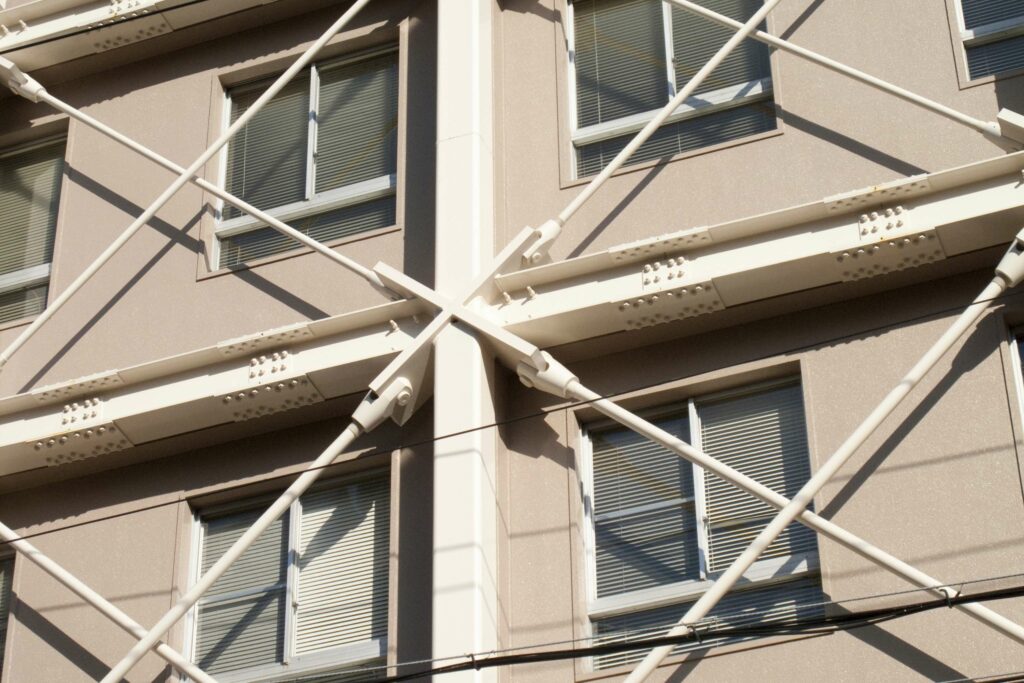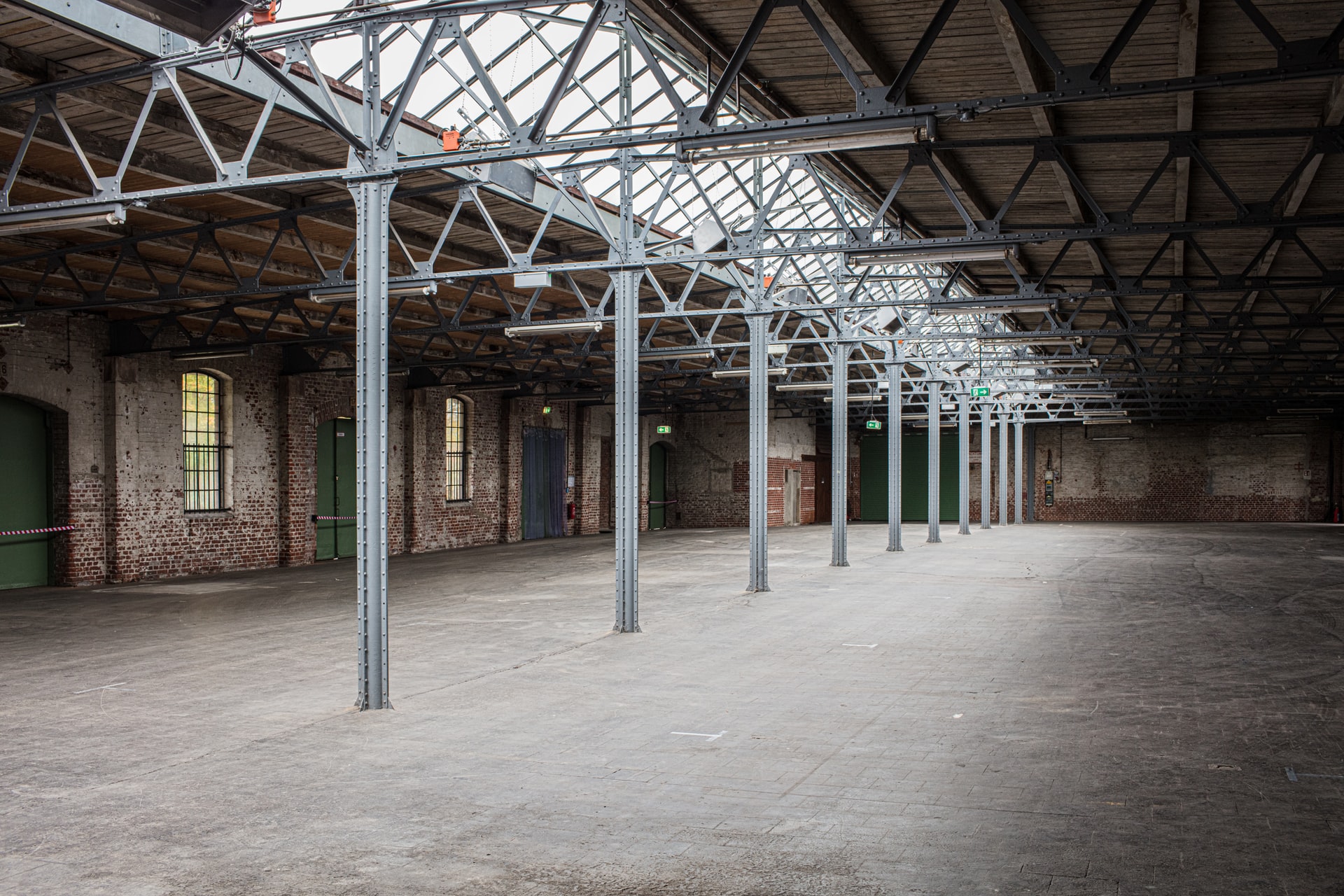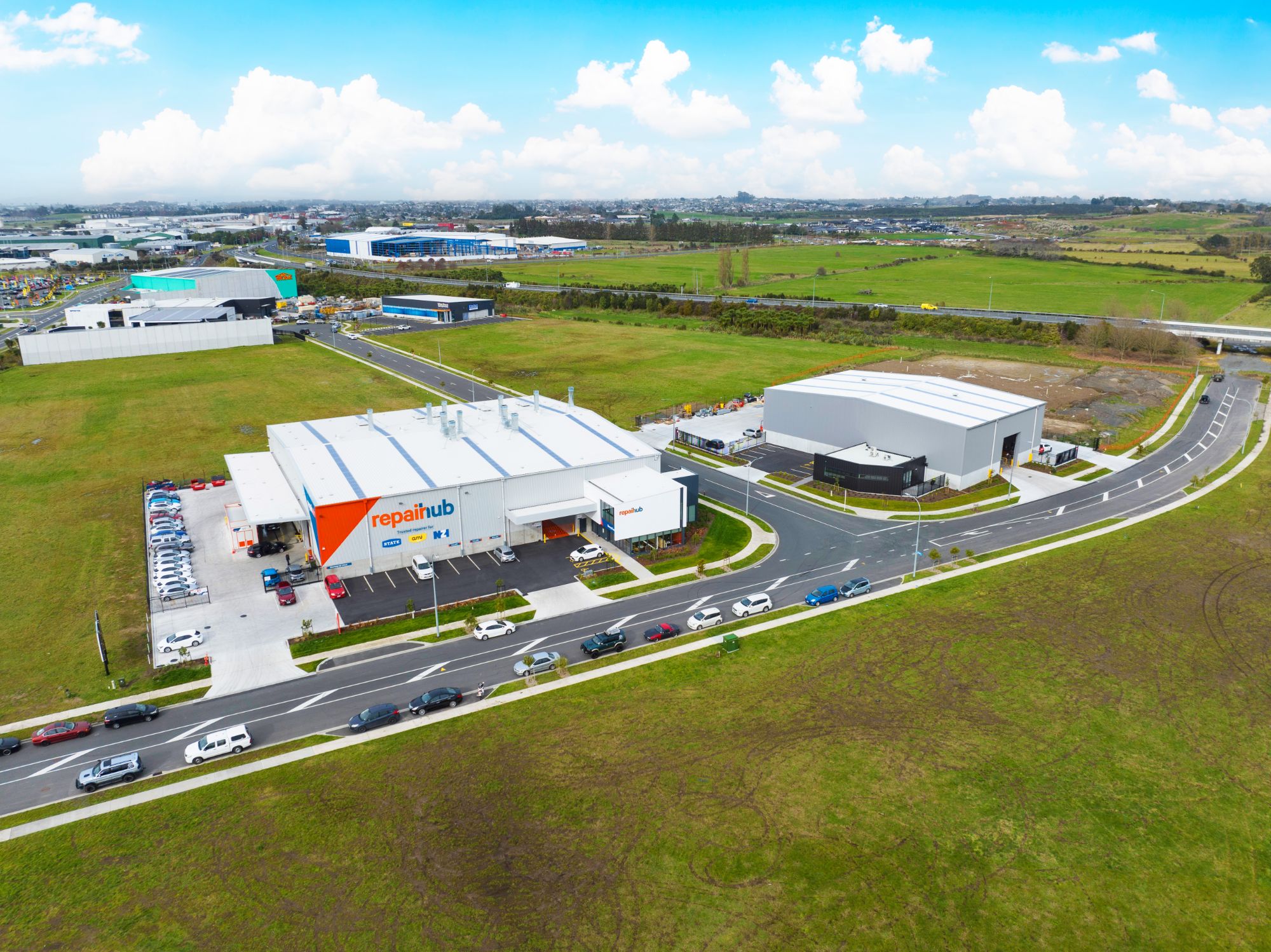The old saying: “cash has a 10% premium” is no different from the new saying “an A-grade seismic rating has a 10% premium”.
Many industrial buildings built between the 1960s and 1970s contain walls of unreinforced concrete blocks and little or no bracing. Fast forward 50 to 60 years, we frequently find these same buildings with a New Building Standard (NBS) rating between 34% and 66%.
In my world, this makes them “seismically challenged”. Note, if your building has an NBS above 34%, the Territorial Authority does not require you to undertake any works.
The problem for owners now selling a seismically-challenged building is the trading banks will not lend money against a building with an NBS below 67%. The value impact is threefold:
- It reduces the purchaser pool to cashed-up buyers only. In a falling market, countercyclical buyers re-emerge, looking for bargains.
- It limits your buyers to conditional purchasers as they seek a Detailed Seismic Assessment (DSA) and cost to strengthen.
- It lengthens the time the building is unsold and risks it becoming “tainted”.

Our recommendation to sellers: prior to putting your hard-working seismically-challenged industrial properties on the market, is to do the following:
- Obtain a Detailed Seismic Assessment (DSA).
- Obtain the cost of bringing the building to an NBS rating above 67%.
- If within your budget, do the strengthening work to bring the building up to 67% NBS.
- Then put your property on the market.
Although every circumstance is different, you may have to delay matters and go through this process first. If you cannot afford the seismic works, then at least you have quantified the risk. This allows a purchaser to buy with confidence, paying more for your valuable asset. Don’t get financially stung by opportunistic buyers.




